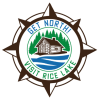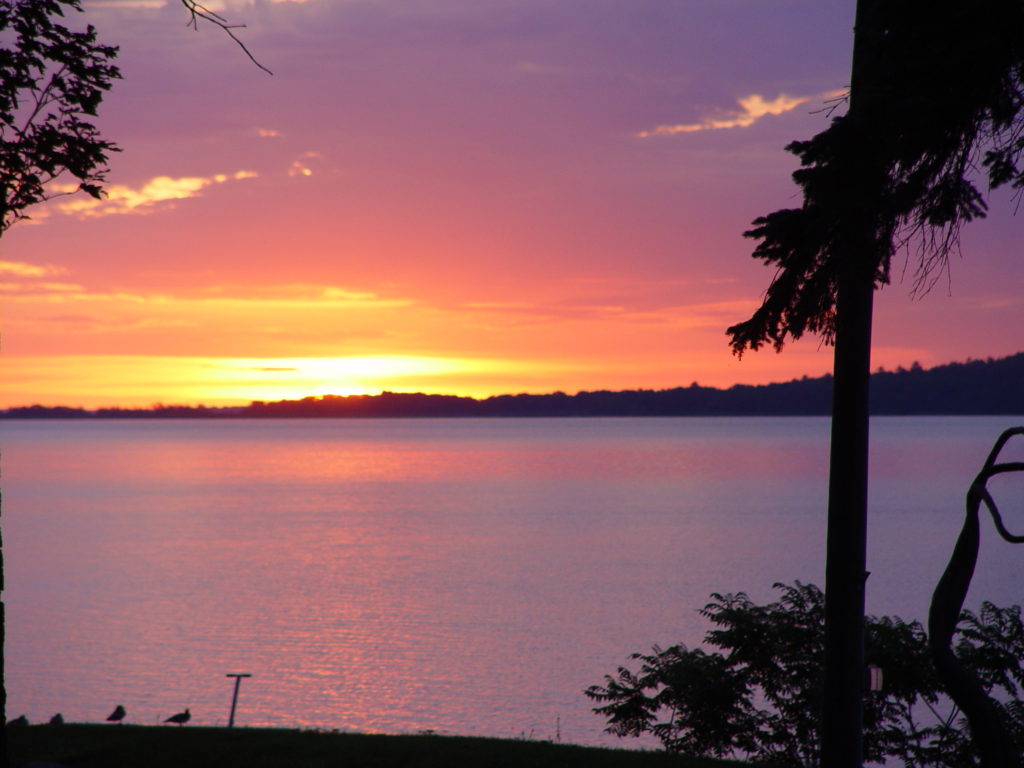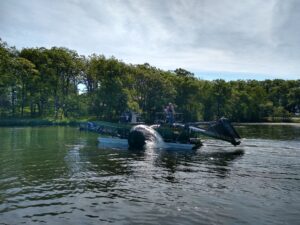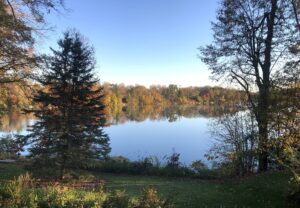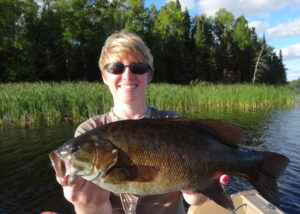The Meaning Of “Northwoods”
Businesses, locations, dinner entrees – and many more – use the term “Northwoods” as part of a description for those nouns. But what really is Northwoods and what is some history behind it? According to Wikipedia, “The Northwoods are the boreal forest of North America, covering about half of Canada and parts of Minnesota, Wisconsin, Michigan, New York, Vermont, New Hampshire and Maine.”
That’s a really large area! And “The temperate conifer forests of the United States contain more than forty important cone-bearing forest tree species. These forests all have members of the taxonomic family called Pinaceae and most are commercially sought.” For good reason… their value in the logging industry.
500,000 acres of public forests
Substantial logging operations destroyed much of those pine forests in the 19th and early 20th century. However those trees have rebounded beautifully and reign supreme once more. In north and central Wisconsin, these vast and beautiful forests are home to more than 3,000 lakes. Those lakes are full of numerous varieties of fish, and those forests include over 500,000 acres for public use. Here you will also find herds of deer, large numbers of elk, moose, bear, waterfowl and much, much more.
State Route 8 runs east-to-west and just about through the middle of the town of Barron, which sits pretty much smack dab in the middle of Barron County. And this is where one might consider as the southern limit of the “Northwoods”.
Brief history of Knapp, Stout & Company
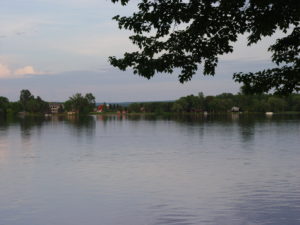 To the north and east of Barron – and about an hour north of Eau Claire, WI – is where you will find Rice Lake, a town of just over 9,000 of the friendliest and most accommodating folks you may ever meet.
To the north and east of Barron – and about an hour north of Eau Claire, WI – is where you will find Rice Lake, a town of just over 9,000 of the friendliest and most accommodating folks you may ever meet.
In the mid-1800s, John Knapp purchased many, many acres of forest land that became a part of the property that was later owned by the largest lumber company in the world: Knapp, Stout & Company. The firm owned 115,000 acres and produced 90 million feet of cut lumber annually by 1880.
This land was originally inhabited by the Chippewa and other Native American groups who literally lived off the land by trapping local animal species, fishing, and harvesting the plentiful wild rice in the lakes and bogs.
School Bells & Rice Lake
Then, around 1870, Knapp, Stout & Co. Dammed the Cedar River, creating the lake. In 1870, 1875 and 1884 the company platted the village, which is today the City of Rice Lake. The newspaper known today as The Chronotype, began printing on September 8, 1874. That same year, the first school here in Rice Lake opened.
Rice Lake is well known for its surrounding, vast expanse of trail networks – they are perfect for skiing, hiking, biking, and snowmobiling. And of course the lake here is not only beautiful and serene, it is also home to an incredible variety of fish, supporting everything from panfish, crappie, smallmouth and largemouth bass, but also northern pike and record class musky.
But don’t take our word for it. Experience some history first-hand! Come to Rice Lake, Wisconsin. It’s where you will find great hotels, excellent restaurants, plenty of shopping opportunities and much more! Here is where you’ll find the very best of everything the Northwoods has to offer… and a whole lot more!
Additional Resources, Links & Products
- The Wisconsin Story: 150 People, Places, and Turning Points that Shaped the Badger State (Amazon book)
- On a Wisconsin Family Farm: Historic Tales of Character, Community and Culture (Amazon book)
- Logging in Wisconsin (Images of America) by Diana L. Peterson
